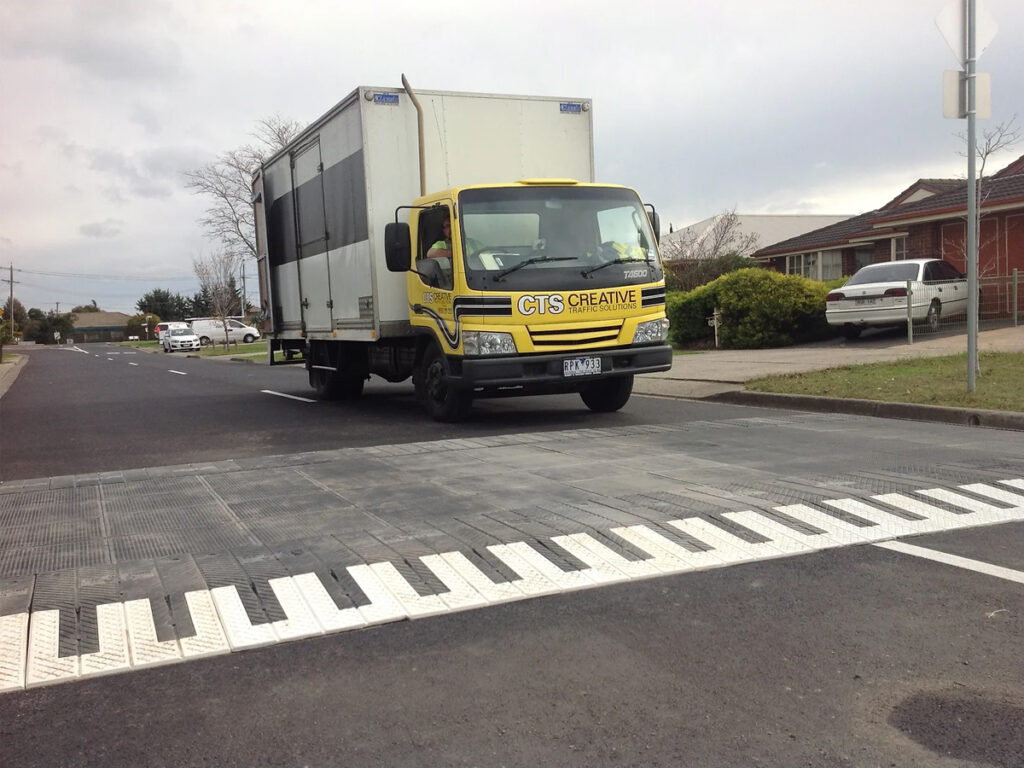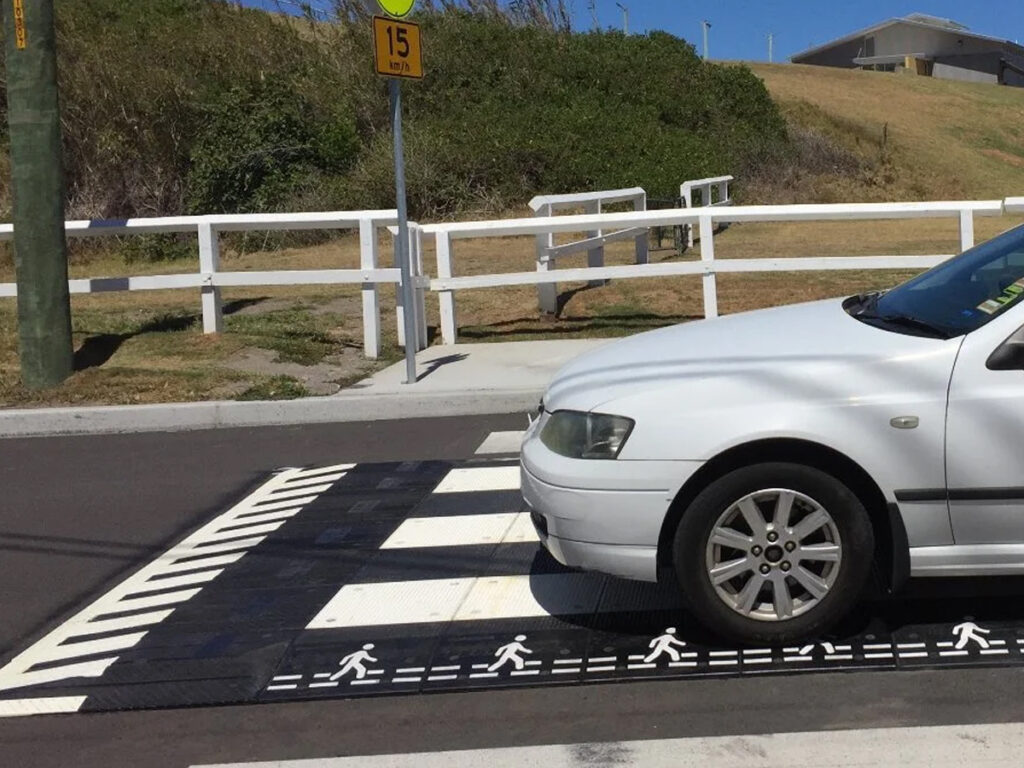Across Australia, communities are increasingly rethinking the way our roads are designed. Whether you’re navigating suburban streets or local school zones, one approach that continues to gain traction is traffic calming, a strategy focused on reducing vehicle speeds and improving safety for everyone on the road.
At Traffic Products Australia, we play a key role in supporting these initiatives by providing essential equipment and materials that help transform everyday roads into safer, more community-friendly spaces.
What Is Traffic Calming?
Traffic calming refers to the use of physical design elements and visual cues on roads to slow down traffic and encourage safer driving habits. It’s not about punishing drivers, it’s about creating road environments that naturally influence behaviour, making it safer for pedestrians, cyclists, and motorists alike.
Why Traffic Calming Is Important
Slower streets can save lives. Studies consistently show that reducing vehicle speeds significantly lowers the risk of serious injury in the event of an accident. But the benefits of traffic calming go well beyond safety.
Quieter streets mean less stress for residents, improved conditions for walking and cycling, and a stronger sense of community. By designing streets with people in mind, we help create neighbourhoods that are not just safer, but also more livable and vibrant.
Common Traffic Calming Measures
Some of the most widely used solutions include speed humps and speed cushions, which are designed to physically slow down vehicles without disrupting emergency or public transport services.
Other techniques like chicanes and lane narrowing help encourage slower driving by disrupting a straight path, while raised pedestrian crossings increase pedestrian visibility and right-of-way. Roundabouts and traffic circles can also serve as effective calming measures by maintaining continuous traffic flow while reducing speed at intersections.
Visual treatments, such as coloured pavement and textured surfaces, also play a major role. With thermoplastic road markings and anti-skid coatings, roadways become not just functional but also more intuitive for drivers.
How Traffic Calming Works

Traffic calming works by shifting how drivers perceive and interact with the road. When they encounter raised features or visual cues, they instinctively slow down and become more alert. These physical and psychological triggers are especially effective in areas with vulnerable road users, like near schools, parks, or aged care facilities.
Unlike speed enforcement through cameras or fines, calming devices are passive they’re always “on,” consistently influencing behaviour without the need for constant oversight.
Where Is Traffic Calming Used in Australia?
From inner-city suburbs to regional town centres, traffic calming is now a key part of road planning in Australia. Melbourne, for example, has implemented a range of raised intersections and speed cushions in areas like Brunswick and Fitzroy. In Sydney, school zones feature prominently with rubber speed humps and high visibility crossings.
These local successes are made possible with quality products that comply with Australian standards, something we’re proud to deliver at Traffic Products Australia.
Challenges and Criticisms
Despite the benefits, traffic calming measures aren’t without controversy. Some residents express concern over increased noise or potential delays for emergency vehicles. Others may feel the road becomes less convenient to drive through.
These concerns can usually be addressed with thoughtful planning and the right choice of products. For example, using speed cushions instead of full width humps can allow emergency vehicles to pass more easily while still calming everyday traffic.
The Future of Traffic Calming
As cities evolve, so too does traffic calming. The future is likely to feature smart, data-driven solutions like dynamic signage, adaptive lighting, and even surfaces that respond to real-time traffic conditions.
At Traffic Products Australia, we’re already preparing for these advancements by offering innovative products that blend traditional road safety with forward-thinking design. Our goal is to stay ahead of the curve and help local governments and developers build the roads of tomorrow safer, smarter, and more sustainable.
Conclusion
Traffic calming is more than just a design approach it’s a step towards creating safer, more connected communities. Through the considered use of physical features and visual cues, streets can be reshaped into spaces that naturally encourage lower speeds and safer driving behaviour. These measures not only help reduce crashes and protect vulnerable road users but also support quieter, more liveable neighbourhoods. As our towns and cities continue to evolve, adopting effective traffic calming solutions will be key to building road networks that prioritise people today and into the future.


